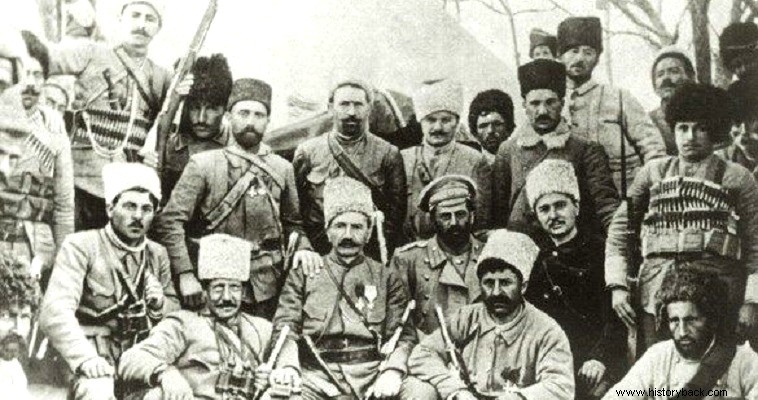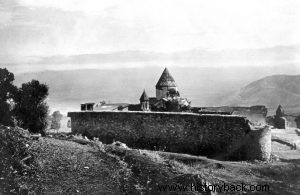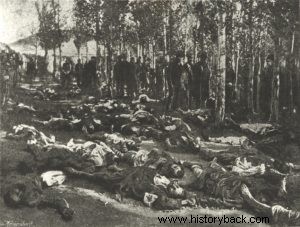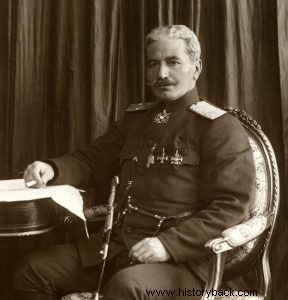
At the end of the 19th century, the Armenians, like all peoples enslaved by the Ottomans, suffered forever. The Turks were constantly demanding taxes and tributes while the disorderly Kurdish horsemen were terrorizing them.
Thousands of Armenian farmers were forced to leave their land. After the Sassoon massacre in 1894, as well as those of 1895 and 1896, which claimed the lives of at least 80,000 Armenians (other sources put the number of victims as high as 300,00), the Armenians organized a sort of militia called Fedayi.
These groups climbed the mountain and started guerrilla warfare against the Turks. The latter reacted vigorously by fanatically persecuting the Armenians. In this difficult period, Andranik Ozanian emerged as the leader of the Armenian rebels.
The conflict in the monastery
In November 1901 Ozanian with 30 of his men and about 8-10 peasants came down from the mountain and went to the village of Tsronk for supplies. But the Turks pursued him. Pursued, the rebels arrived, on November 20, at the monastery of the Holy Apostles, in Mous, in the region of the same name in Turkey near the infamous Manzikert.
The few Armenians fortified themselves as best they could in the monastery while 6,000 Turks under the pashas Ali and Ferik surrounded them. The Turks tried to take the monastery by storm but failed due to existing losses.
At the same time, the winter on the mountain suffered them unimaginably and many soldiers died from the hardships. The Armenians lasted 19 days. Then they started negotiations with the suffering Turks to buy time.
And indeed when the Turks had become complacent because of the negotiations the Armenians left the monastery and took refuge again in the mountains. Ozanian, an excellent connoisseur of Turkish, dressed in a Turkish officer's uniform, passed through the enemy lines and escaped. The Armenians had three dead. The losses of the Turks reached 553 dead and wounded.
The fighter Ozanian
Andranik Ozanian, after all this, became a legend. In 1904 he led an Armenian revolution in Sassoon where with 4,000 men he faced 10,000 Turks and 7,000 Kurds. The Turks prevailed and leveled 45 Armenian villages.
After that he fled to Persia and then to Russia. From there he went to Europe seeking support for the Armenian cause. Later he went to Bulgaria and during the First Balkan War he formed a company of 230 Armenian volunteers and fought against the Turks joining the Bulgarian army.
With the entry of the Ottoman Empire into World War I, he formed an Armenian volunteer battalion and fought in the Russian army. The Armenian Genocide followed. He continued to fight even after the Bolshevik revolution and Russia's exit from the war.
This was followed by the establishment of the short-lived Armenian state in which he played a role. In 1919 he again went to Europe to promote the Armenian issue. The developments and the Asia Minor disaster disappointed him. Finally he went to the USA where he settled and died in 1927.

The monastery of the Holy Apostles.

Armenian dead of the massacre of 1894.

Andranik Ozanian.
